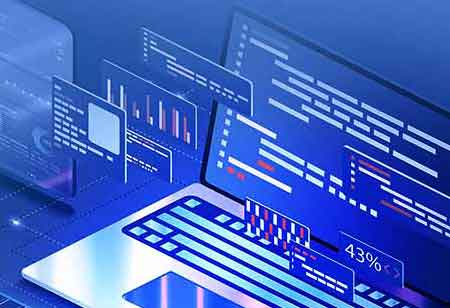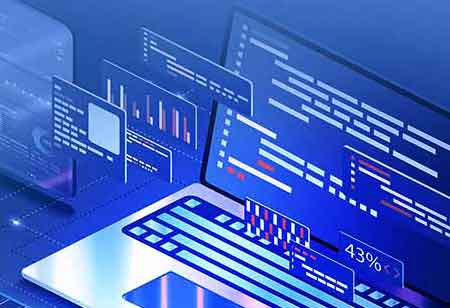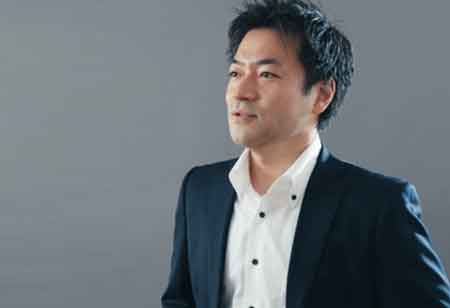THANK YOU FOR SUBSCRIBING

The Role of Ultrasonic Sensor Data in Automotive IoT
Glen Morales,Director of Cloud Engineering,FireEye

 Glen Morales,Director of Cloud Engineering,FireEye
Glen Morales,Director of Cloud Engineering,FireEyeFor years, ultrasonic sensors have assisted drivers in securely parking their vehicles, and the data collected from millions of vehicles is a critical component in supporting the automotive IoT.
Ultrasonic sensors have been employed in vehicles for many years. These Advanced Driver Assistance Systems (ADAS) sensors have mostly been employed for parking advice and blind-spot identification. Ultrasonic vehicle data is more valuable than ever before due to the rise of automotive IoT and advancements in autonomous vehicles. Ultrasonic sensors can be used in conjunction with other vehicle sensors such as radar, cameras, and lidar to provide a complete image of a vehicle's immediate surroundings. While ultrasonic sensors require close contact and modest speeds, they have the advantage of being able to be used accurately in low-visibility settings such as bad weather and gloomy surroundings.
How is Ultrasonic Sensor Data used in Automotive?
Ultrasonic sensor data is used by parking applications to detect open parking spaces. Parking apps employ aggregate data from linked vehicles, and ultrasonic data is a crucial component of such data. Sensors, which are already common in linked automobiles, obviate the need for costly infrastructure that is frequently employed to evaluate parking availability. Connected vehicles' ultrasonic sensors detect open parking spots in their nearby areas. This parking information is combined with information from millions of cars to provide a comprehensive and accurate picture of parking availability. This data, along with other information from connected automobiles, such as position data, is used by mobile parking apps to direct drivers to the next available parking spot.
Several sensors, including ultrasonic sensors, are used in autonomous vehicle (AV) technology. While the car's ultrasonic sensors can identify conditions in its immediate proximity, the technology that autonomous vehicles rely on requires large amounts of data to function. To create AV algorithms, ultrasonic sensor data from millions of linked vehicles is required. When combined with other characteristics like as weather and hazard data, crowdsourced ultrasonic vehicle data provides benchmarking for a number of situations, locations, and scenarios.
Vehicles can recognize and send road hazard warnings because of V2X technology, which uses ultrasonic sensor data. In low-visibility situations, ultrasonic sensors can detect whether a vehicle is too close to another vehicle (V2V) or a pedestrian (V2P). Data from ultrasonic sensors in connected cars can be analyzed to gain insights into how to improve V2X technology and increase road safety.
Read Also






















ON THE DECK